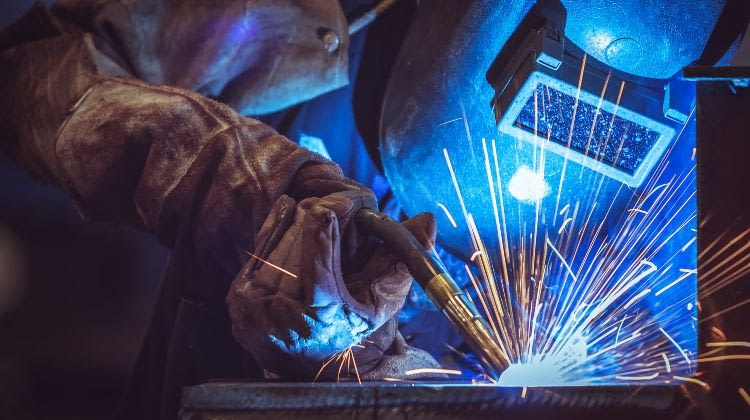
If your facility focuses on food processing, you understand how important it is to adhere to the most recent welding sanitary regulations in food processing. Countless authorities have implemented stringent regulations to guarantee that the food-grade commodities you produce are constantly safe.
Don’t Put Too Much Stress on the Surface
Welders must avoid adopting methods that strain stainless steel’s surface. Overloaded surfaces may signify many factors, but it typically implies that the protective oxide layer is at risk for food processing. Without the oxide layer, stainless steel is subject to corrosion.
Welders must also avoid approaches that could cause surface stress cracks or microfractures. Resistance welding is the most effective technique for steel in food processing.
Minimize the Roughness Average
Because food processing is an industry that relies heavily on welding, it’s important that every worker performs their job correctly. Inexperienced welders may leave small burrs on surfaces, but this is a big no-no while working around food. Because maintaining the roughness average as low as possible is the goal, executing exceedingly thorough labor is critical.
Certain welding techniques can decrease errors if burrs or sharps affect the surface. A welder can use sanding, electropolishing, and other specialist smoothing procedures.
Seal and Deliver
Since all surface finishes must be flawless, structures, such as tubular pipes must be easy to disassemble for cleanliness or automated self-draining. Avoid using bolts, rivets, or studs to penetrate the materials when dealing with these designs. Any fissures formed by poor welding techniques must be smooth so that the roughness average doesn’t surpass 0.8m/min.
Furthermore, throughout the installation procedure, it’s vital to seal every piece of equipment using the criteria with the least amount of space available. Allowing at least four inches between the machine and the wall allows personnel to detect potential risks such as leakages and rodent activity as they arise.
Don’t Combine Different Metals
Under all circumstances, avoid fusing different metals. Some dangers associated with incompatible welding metals include galvanic coupling corrosion, cracking, and contaminated surfaces that seep into the food.
Novices often commit this error during the design process. To prevent this possible problem, ensure that your teams are well versed in the design of your equipment provider. This will give you a better indication of their overall comprehension of sanitary design, but it will also ensure that an inspection goes smoothly.
Smooth Corners
Corners, angles, and porous surfaces are hotbeds for germs. Food contamination might occur if food becomes caught in these spaces. To prevent this, the FDA requires all manufacturers to employ only designs with interior angles and corners that seem smooth and radiused, implying that welds must be along fully flat surfaces.
Following the sanitary welding regulations for food processing is critical to ensure the safety of the things we consume. If any shortcuts are made, it could be detrimental to our overall well-being, so these standards are put in place.